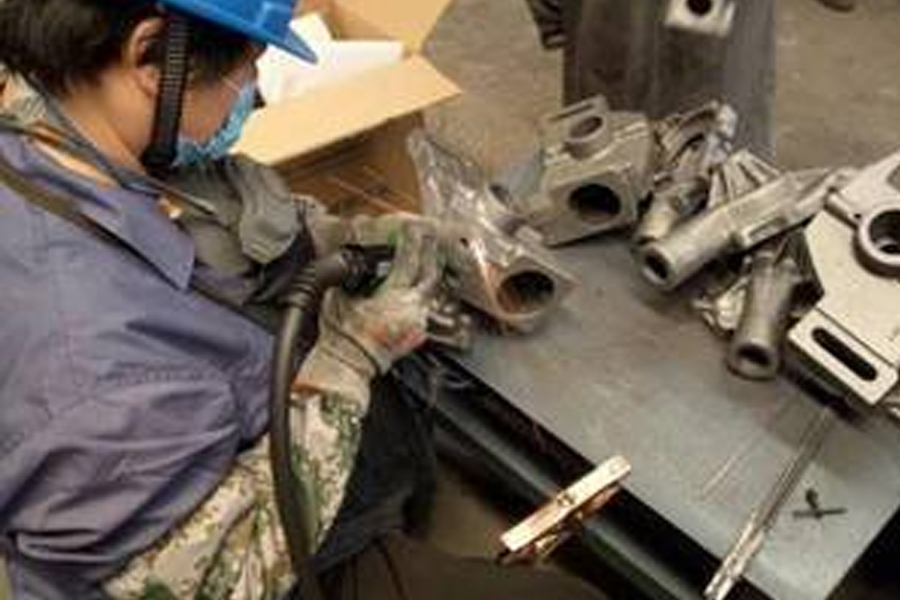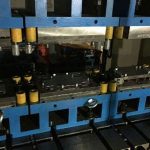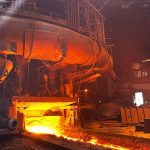
When choosing a power module injection mold, the user needs to consider the environment in which the injection mold will be used. In addition to paying attention to the parameters of the shell temperature, the user should also pay attention to whether other parameters meet the requirements.
1. As far as the working temperature of the power module is concerned, there are differences at home and abroad. Domestic manufacturers usually set it to use within a certain ambient temperature range, while foreign manufacturers usually set it to the case temperature of the power supply module. On the other hand, if certain manufacturers can complete civilian, industrial or military grade products, the operating temperature of the company’s products will highlight the manufacturer’s specific areas.
Although the quality of the power module cannot be measured by the case temperature, the module is like a heat source, which will have a great impact on the circuit system and other components. When the module housing temperature reaches 125°C, the internal temperature is best controlled within 150°C, but it is currently difficult to reach this level. The main reason is that the power module is miniaturized, the power density is getting higher and higher, and the heat dissipation problem is becoming more and more obvious.
Secondly, the hotter the power supply, the more heat it emits. Therefore, more and more power module injection mold manufacturers choose metal shells, which can better promote heat dissipation and reduce temperature. The case temperature is closely related to the temperature of the internal components of the product, and determines the life and reliability of the module. High temperature will accelerate the aging of components and control the temperature range, which can extend the service life and reduce the occurrence of failures.
Third, the power module adopts different heat dissipation methods under different use occasions and ambient temperatures. If used at an ambient temperature of 30 or 40 degrees, the case temperature will reach 70 or 80 degrees. This is considered normal use. Natural ventilation, fans and radiators can be used in unenclosed spaces. Assuming that the maximum temperature of the power module housing is 85°C, when working at an ambient temperature of 50°C, adding a small heat sink can reach about 85°C. When using a large radiator, it can be guaranteed to be around 85°C when working at an ambient temperature of 60°C.
Fourth, the working temperature of the power module injection mold refers to the temperature during normal operation, and the temperature rise refers to the difference between the normal temperature and the working temperature. For different products, the temperature rise will be different. For example, there are electrolytic capacitors inside AC-DC power modules, which are susceptible to temperature and shorten their service life.
The basic temperature rise is between 20-40°C. Usually, during the product development process, the service life of key components is carefully calculated to determine its operating temperature range. Although the DC-DC power module injection mold does not have an electrolytic capacitor assembly, there are other materials that have temperature limitations.
Link to this article:What is the common sense for purchasing power module injection molds?








